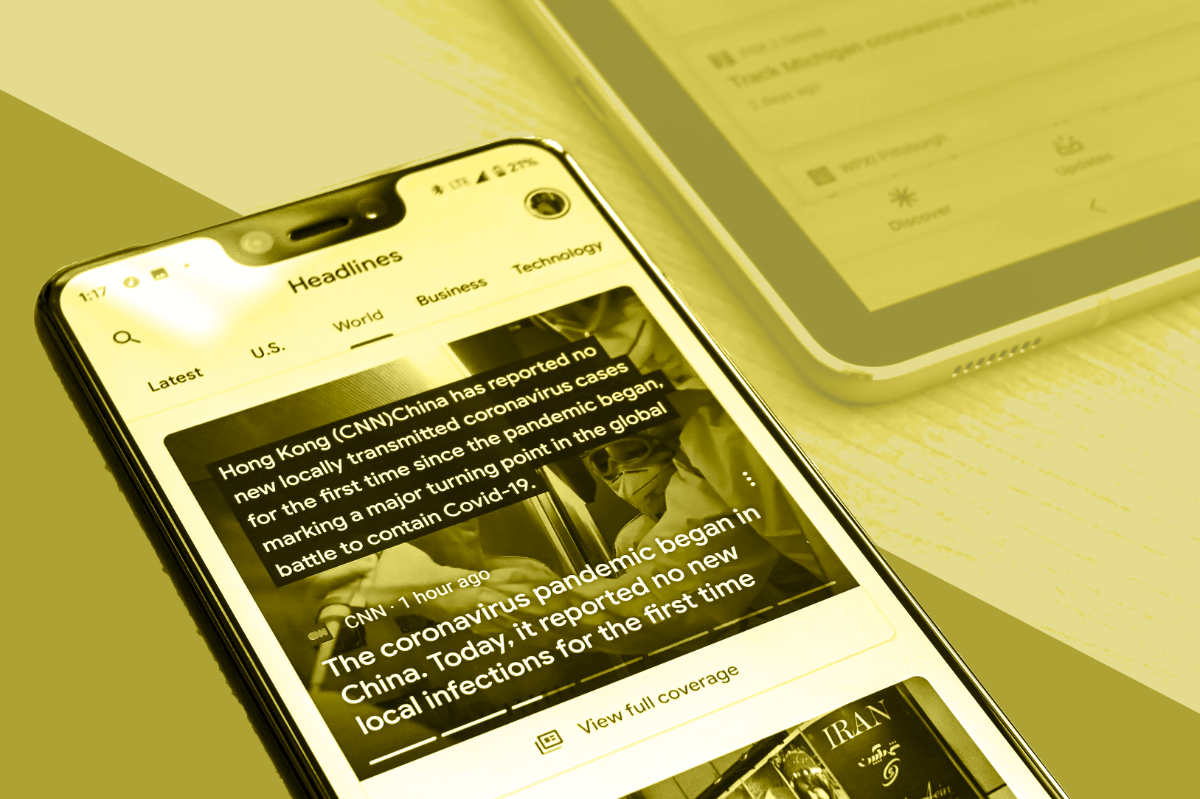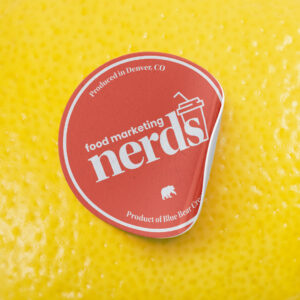So you may have heard about this little interactive social media platform called Facebook.
With somewhere along the humble lines of 1.13 billion active users, Facebook has become one of the forefront mediums for marketers looking to reach specific types of consumers.
Although ad-writing and news-writing are very different mediums, one fact rings true about both: headlines are everything.
On the average, five times as many people read the headline as read the body copy. When you have written your headline, you have spent eighty cents out of your dollar. -David Ogilvy
Ogilvy and other pioneers in advertising knew exactly what news-writers have known for a century: if you want people to read your content, the only way to do so is to get them on the hook with an engaging headline.
Headline writing is difficult is because Facebook ads and blog posts in the newsfeed has so much other content to compete with.
When advertisements were marketed primarily in newspapers, magazines or on television, there was hundreds of other pieces of content to compete with.
But with Facebook, multiply that by a billion. Literally.
your marketing content has to stand out
Now, more than ever, it’s absolutely crucial that your headlines are sinking their teeth into whomever might read them, making it not just tempting to click-on to read further, but almost impossible not to.
So here are the top three ways you can improve your headline writing on Facebook.
1. Get to the point
When we pointed out earlier that headlines should make it almost impossible not to click your link, lets make this clear: we’re not talking about clickbait here.
What is clickbait you ask? It’s essentially the process of producing headlines that prompt readers to engage by clicking a link that often leads to sensationalized and misleading content.
Clickbait is a short-sighted process. Do you prompt your target consumer to read on about your product? Sure. But once they’re there, is the con-job that took them there going to incentivize them to buy a product? Probably not.
As a matter of fact, you’ve actually decreased the effectiveness of your millennial-focused social media efforts by destroying any credibility you could have gained with great content.
Instead, get to the point. It’s the first step if you want to write incredibly effective headlines on Facebook.
- It should be clear—identifying the exact benefits of clicking the link.
- It should be concise— short and sweet, not overburdening the reader with non-pertinent information.
- And it should be customizable— especially on Facebook.
Facebook allows you market to your audience with targeted ad’s based upon users search patterns and likes. With such sophisticated ad targeting capabilities, your headlines should be custom designed to engage the exact users you want to reach.
You’ve already spent the time and the energy to identify your target market, and being clear, concise and customizable in your headline writing is the best way to make sure that what you know about your customers translates into reaching them in the most effective way.
2. Prompt your reader to do something
Prompting your reader to take action can take many forms. Sometimes it can be as simple as answering a question.
For example— if you’re at home scrolling through your Facebook feed (assumedly you’re interested in headline writing seeing as
in you’re still reading this blog post) and you come across a headline that reads, “Do you want to know Madison Avenue’s biggest secret to writing effective headlines?”
If you were on the lookout for information on headline writing, wouldn’t you want to click that link? Asking a question that prompts your target audience to respond is a surefire way to get viewers to press-on to your content.
Another way to prompt action from your readers is to simply give them a command.
Effective verbs that prompt action like, “visit us, come down to our store, try on our clothes, take a test drive,” or, “feel for yourself,” can prompt a potential buyer to want to find out more.
Tell readers what to do in your headline and often they will read-on in order to find out why they should. And the third way to write incredibly effective headlines on Facebook is…
3. stress the personal benefits of clicking the link, not the features of your product
Whether it’s a good or a service that you’re marketing, the fact of the matter is that the consumer simply doesn’t care about what you have to offer— what the consumer does care about is how it might help them.
People don’t have interest in buying things just because someone offers it to them, they buy things because they believe it might help them in some way.
Here are two headlines…
“Blue Bear offers innovative social media strategies geared toward attracting millennials”
versus…
“How Blue Bear’s innovative social media strategies can help you bring in more millennial customers than you ever imagined”
Now both headlines tell you the same thing, that a certain agency is a company that is geared toward providing innovative social media marketing strategies for companies interested in attracting millennial consumers.
Here’s the difference: the first one simply says, “Hey this is what we offer,” while the second says “Hey, if you want to effectively market to millennials, here is a company that can help you bring in more millennial customers than you ever imagined. ”
Same message—different emphasis.
Don’t emphasize what you offer, emphasize the why behind what you’re offering is helpful to the reader and how it can do so.
All-in-all, millennials and young adults use Facebook more than any other age-group, with almost 47 percent of users residing between the ages of 18-34.
With effective headline writing on Facebook and gearing content toward millennial consumers, advertising on Facebook is a surefire way to drum-up business, (or at the very least, brand awareness) with a demographic that’s known to be difficult to engage.
Blue Bear Creative is a Denver social media agency focused on helping food and beverage brands market to millennials.






